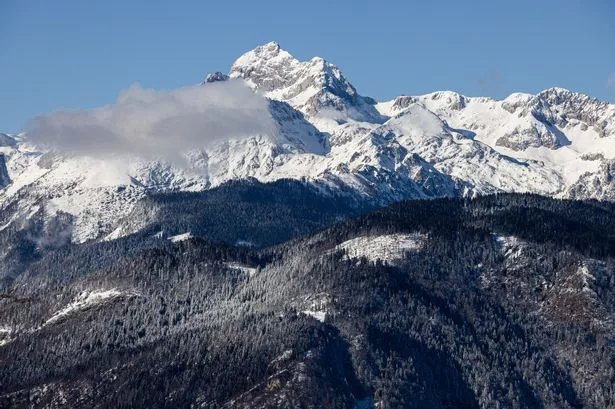Tragic Avalanche Claims Lives of Three Climbers in Slovenia’s Julian Alps
In a heartbreaking incident on October 5, 2025, three Croatian climbers lost their lives in a devastating avalanche while attempting to summit Mount Tosc, part of the picturesque Julian Alps in northwestern Slovenia. This tragedy underscores the inherent dangers of mountaineering, particularly in unpredictable weather conditions.
The Incident
The climbers were part of a larger group of seven friends who had sought refuge near the summit due to deteriorating weather. Despite warnings and the visible threat of an avalanche, the trio made the fateful decision to descend the mountain. Miha Arh, the head of the rescue operations, confirmed that the climbers were caught in a massive snow slide. Their bodies were later discovered in a ravine approximately 350 meters from the avalanche’s origin.
Search and Rescue Efforts
Initial search efforts began on the night of the incident, but were hampered by the risk of further avalanches, forcing rescuers to suspend operations. Fortunately, conditions improved the following day, allowing helicopters to resume the search. Reports from French news outlet La Depeche indicated that the weather had cleared sufficiently for aerial reconnaissance, which ultimately aided in locating the climbers.
Weather Conditions and Avalanche Risks
The weather in the region has been described as “particularly unstable,” with a cold front bringing early snow and strong winds. According to the national mountain rescue association, Slovenia sees an average of twenty fatalities each year due to extreme weather conditions in the mountains. The Julian Alps, while renowned for their breathtaking beauty and challenging climbs, can be treacherous, especially for those who underestimate the risks involved.
A Call for Caution
In light of this tragedy, Slovenian authorities have issued a stern reminder to outdoor enthusiasts to heed safety guidelines and postpone any climbing activities until the avalanche risk subsides. Currently, the region is under a moderate avalanche warning, rated at Level 3 on the European avalanche risk scale, which consists of five levels.
Historical Context
The Julian Alps have long been a favored destination for climbers and hikers, attracting adventurers from around the globe. However, the region’s allure is often accompanied by peril. Historical records indicate that the mountains have claimed numerous lives over the years, serving as a stark reminder of nature’s unpredictability. The tragic loss of the three climbers is a poignant example of the fine line between adventure and danger.
Comparisons to Other Recent Incidents
This incident is not isolated; it echoes similar tragedies in the mountaineering community. Just recently, rescue teams successfully reached around 200 hikers stranded on Mount Everest after a brutal snowstorm. The conditions on Everest were described as unprecedented for October, with one hiker recounting the severe cold and the risk of hypothermia. Such events highlight the increasing unpredictability of weather patterns in mountainous regions, raising concerns among climbers and rescue organizations alike.
Conclusion
The loss of three lives in the Julian Alps serves as a tragic reminder of the risks associated with mountaineering, particularly in adverse weather conditions. As the climbing community mourns this loss, it is crucial for adventurers to prioritize safety and respect the power of nature. The Slovenian authorities’ call for caution is a timely reminder that while the mountains offer unparalleled beauty and adventure, they also demand respect and caution from those who seek to explore their heights.










